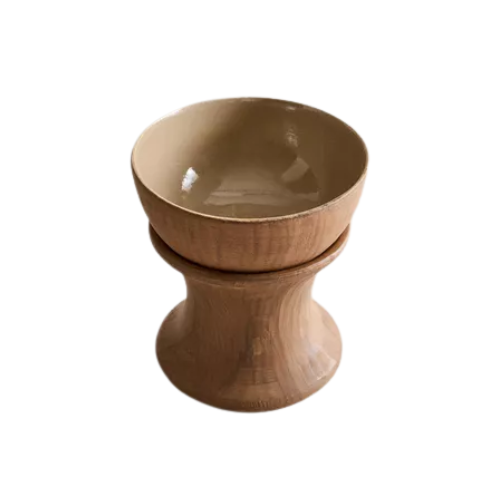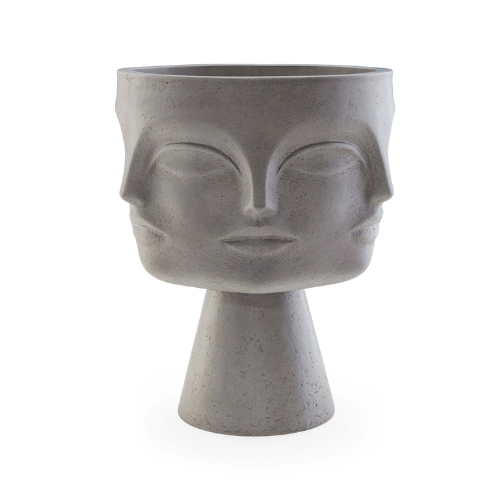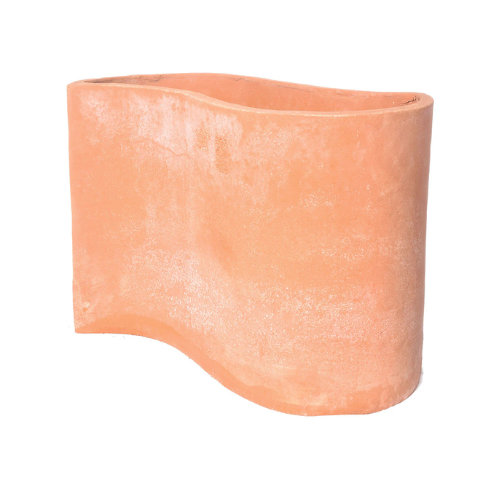5 Front Garden Mistakes That Could Be Making Your Home Look Outdated and Boring — Plus, What to Do Instead
These are the pitfalls that are making your home's front garden set the very worst first impression, according to landscape designers

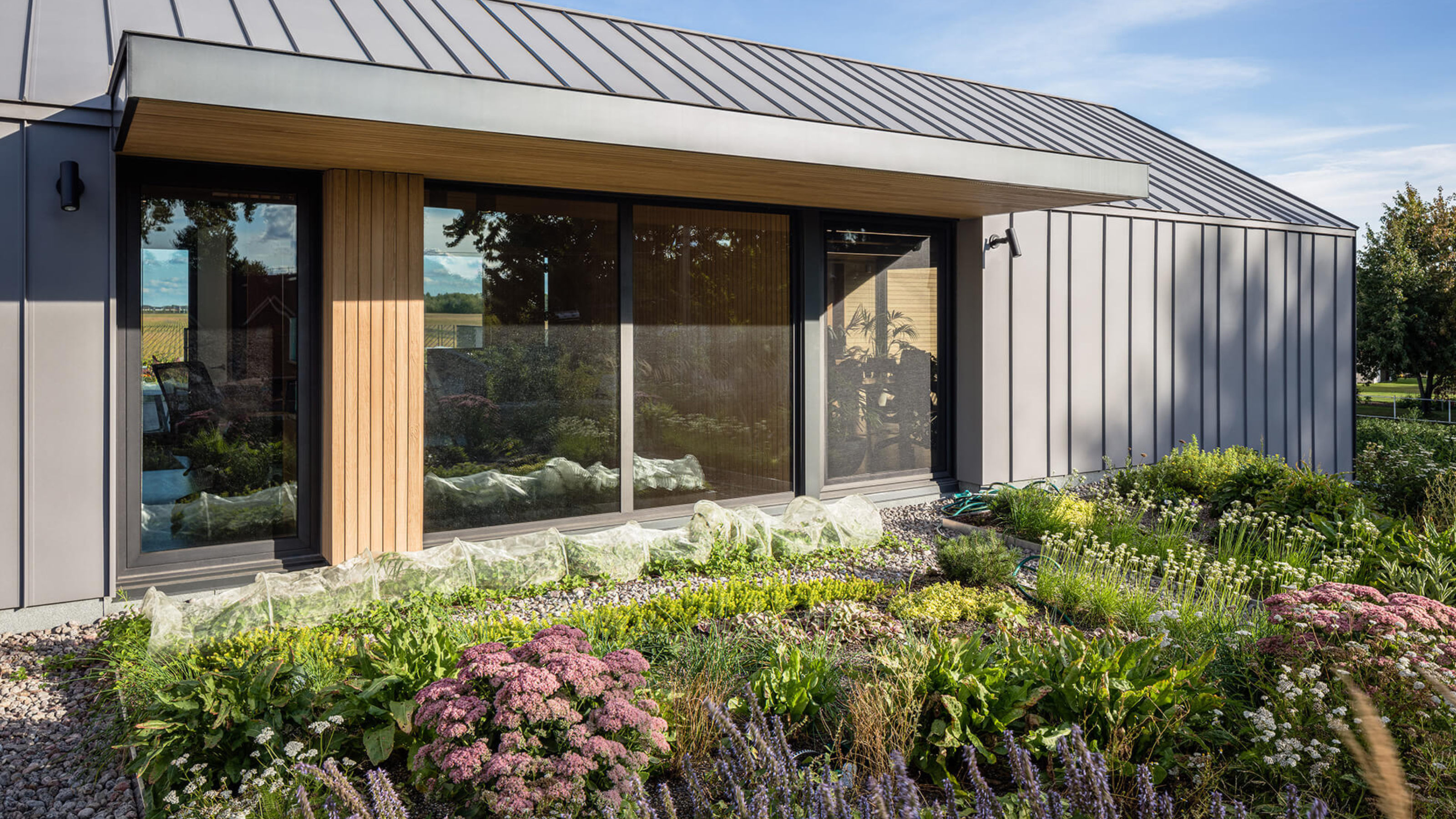
Your front yard sets the tone for the rest of your home. It's the first thing that greets you as you arrive home and, lest we forget, the thing your neighbors will undoubtedly be judging you on. So, let's give them less to talk about by avoiding these cardinal front yard mistakes.
So often, a modern front yard designs take a back seat to the more celebrated, yet less widely seen, back garden. However, the front yard plays a crucial role in your home's design.
Perfecting your front yard design is a careful balancing act. You don't want anything too high-maintenance, but you still want to make a lasting impression. So, in order to get it right, it's crucial to avoid these five front yard mistakes.
1. Lawn-First Designs
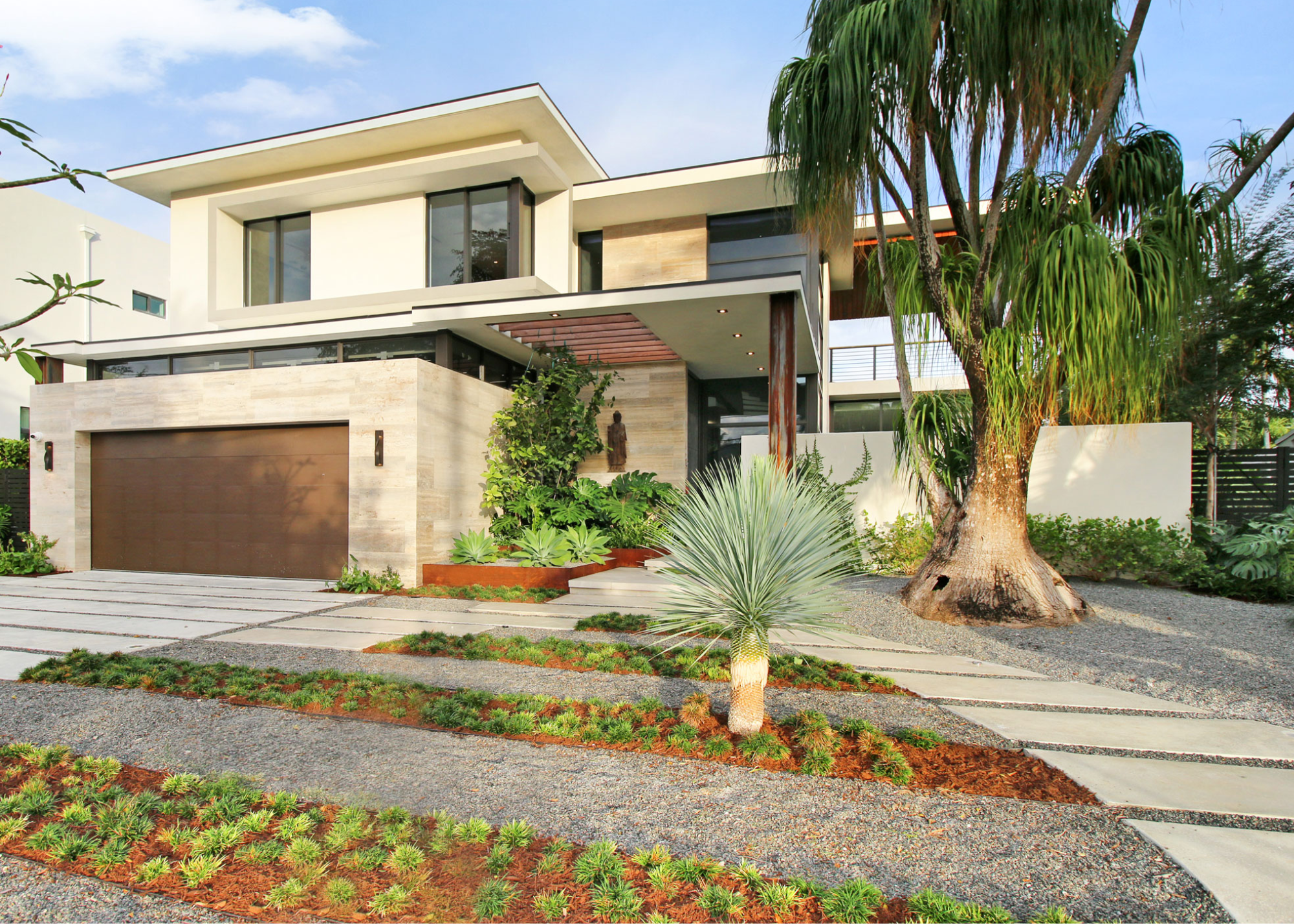
We get it, designing your front yard around the lawn may seem like a logical approach, but it can actually be to the detriment of your home's aesthetic.
"One of the biggest mistakes I see in front yards is an overemphasis on lawn," states Bobak Moezzi, founder of Gold Coast Native Gardening.
We've all been conditioned to view a vibrant, lush lawn as the hallmark of a beautiful front yard, but the amount of work needed to maintain this look isn't only expensive, it's unsustainable. Placing an emphasis on utilizing native plants on your lawn will result in a more sustainable and beautiful front yard.
"While it might feel like the default, lawn can quickly become the weak link — especially in areas like mine where invasive species such as fire ants thrive in exposed, non-native ground cover," says Bobak.
The Livingetc newsletters are your inside source for what’s shaping interiors now - and what’s next. Discover trend forecasts, smart style ideas, and curated shopping inspiration that brings design to life. Subscribe today and stay ahead of the curve.
2. Forgetting the Foundation
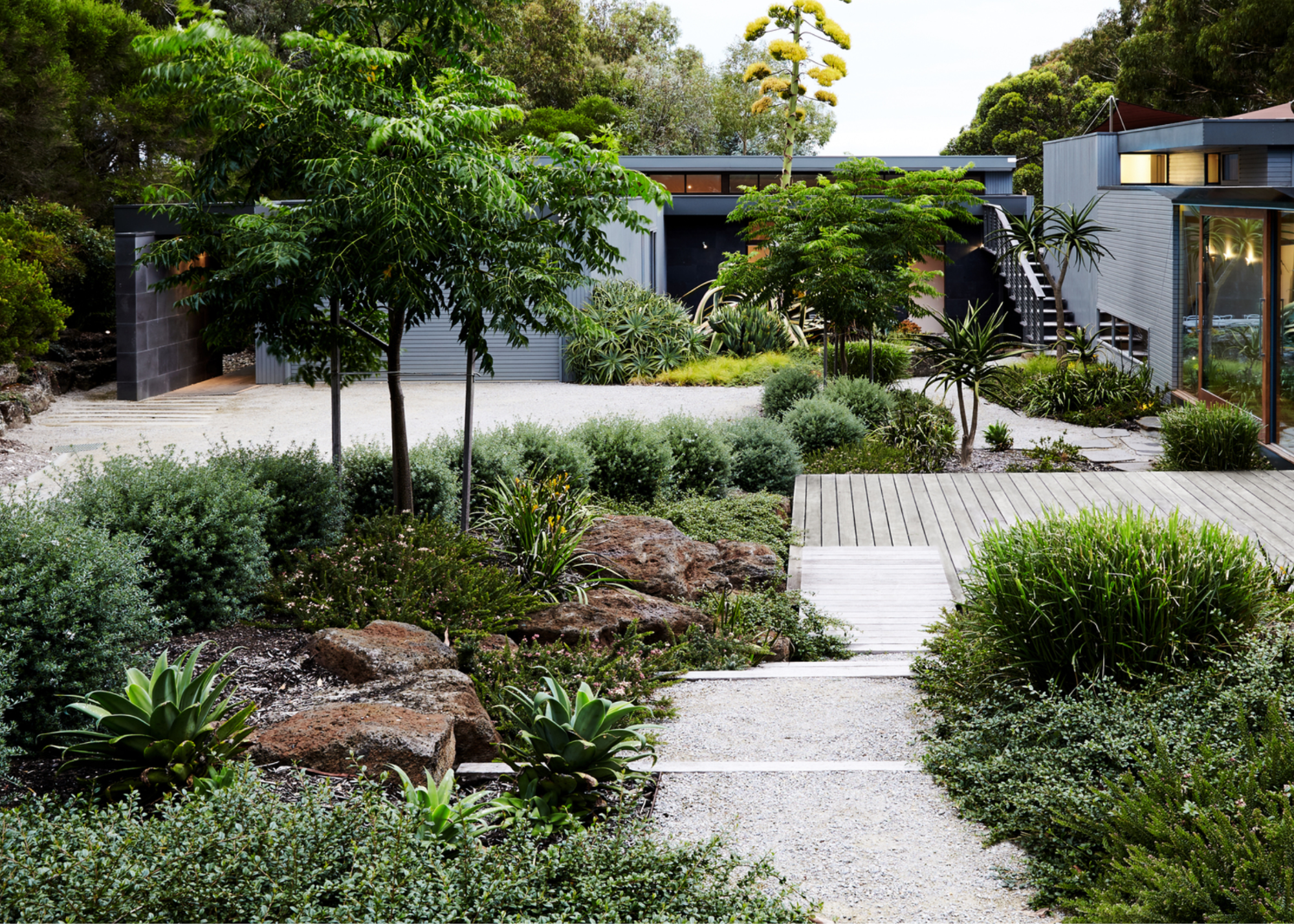
As much as a beautiful, statement shrub or flower can elevate your front yard, without the proper foundation first, you'll never be able to get the most from your plants.
"Not having strong bones or foundation plants is one of the biggest front yard mistakes I see," argues Laura Janney, CEO of The Inspired Garden.
A foundation plant is typically a shrub or small tree that forms the basis of your design. Think of it as the background color, against which your other plants can pop. Knowing the best trees to plant near your house should be the first step in designing your front yard.
"You can plant all the flowers in the world, but if you don’t like what’s in the background, it won’t look right," says Laura. "The house needs to feel anchored in the landscape."
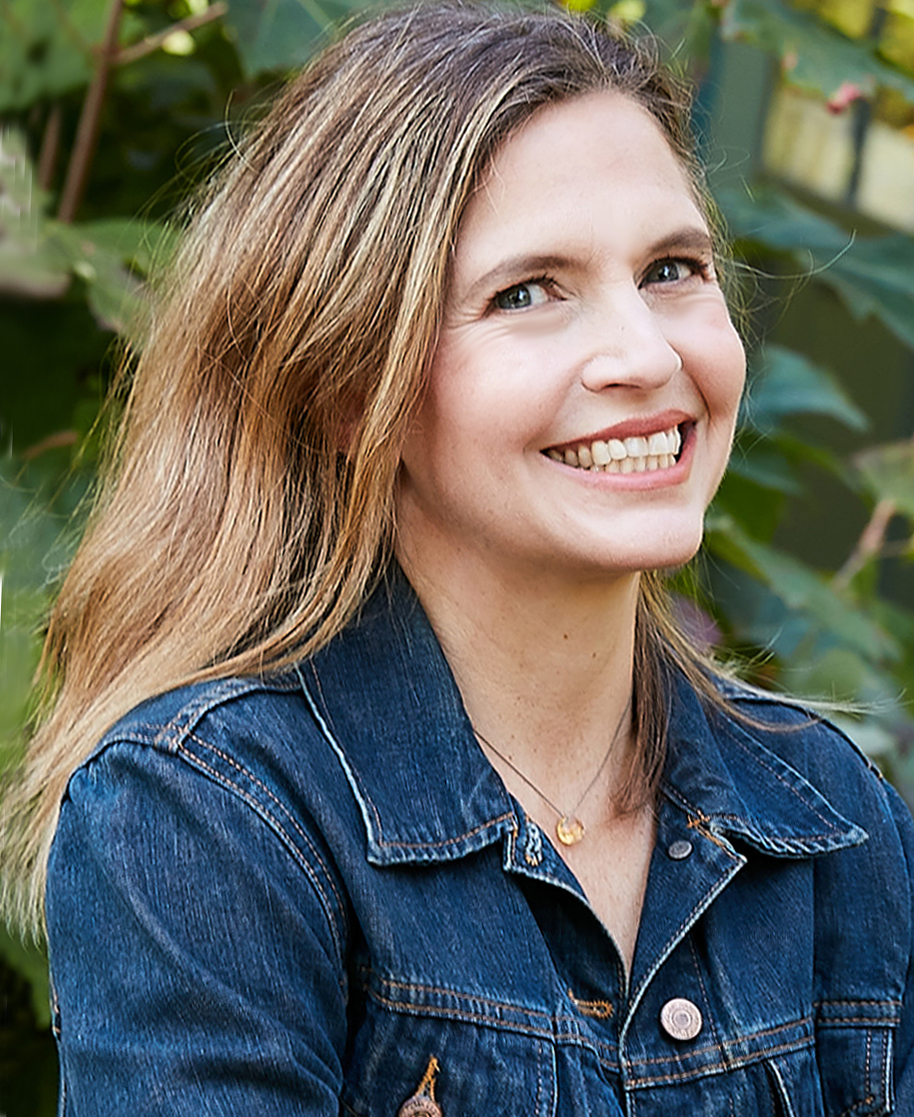
Laura has left her mark on the cottage garden landscape design scene, recently winning the 2023 Houzz Best in Design award for her work in the New York area. Driven by the belief that “flowers feed the soul,” Laura sees gardens as more than simply outdoor spaces – they are living, breathing sanctuaries that feed the soul and awaken the senses. At the heart of Laura’s design philosophy lies the concept of “imperfectly perfect.”
3. Overcrowding the Space
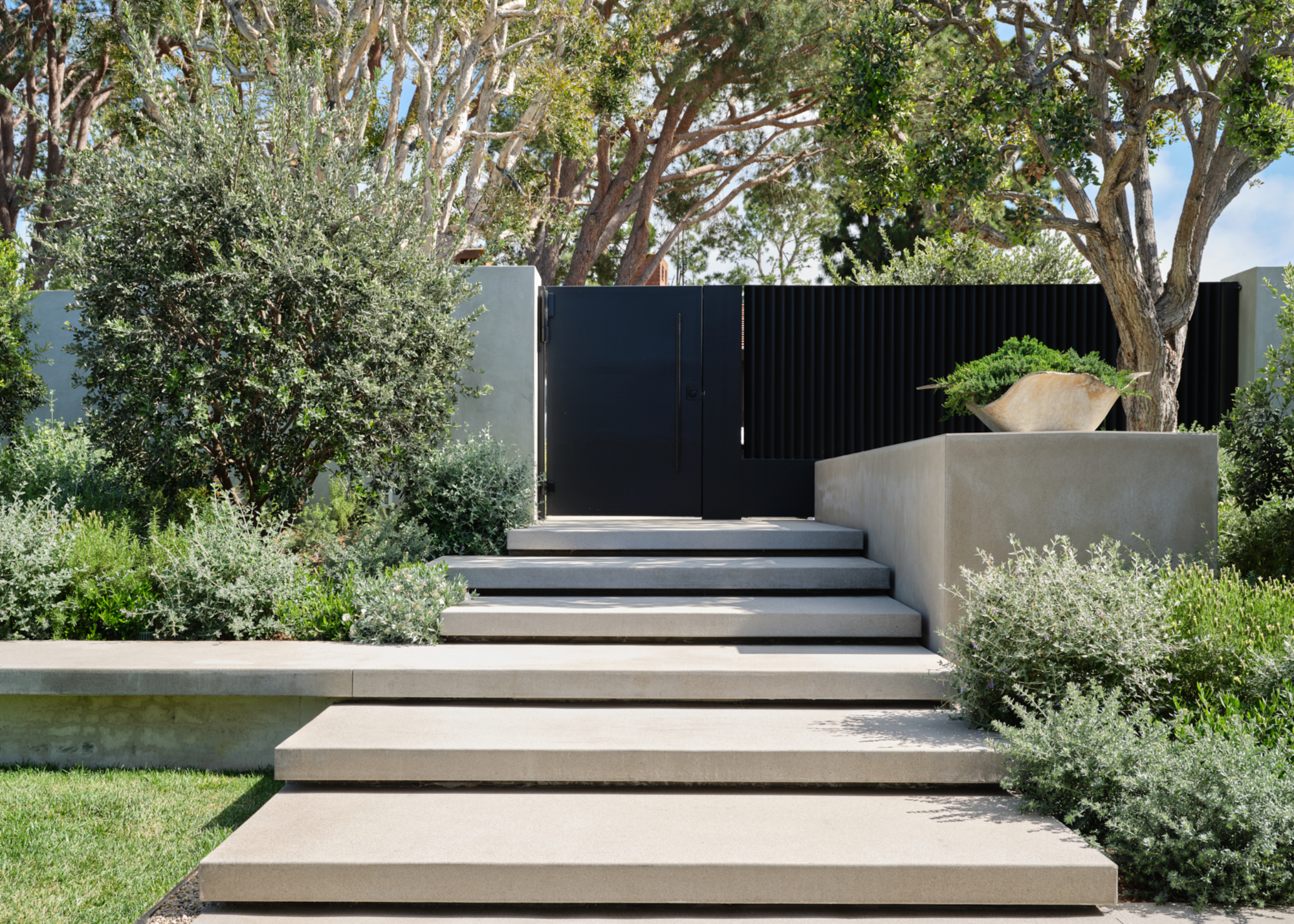
"The biggest mistake I see in front yards is overcrowding and putting too many varieties too close together," says Tammy Sons from TN Nursery.
While you may think a 'more is more' using vibrant, colorful front yard plants might look luxurious, it can end up looking too cluttered to be able to appreciate any of the beautiful plants you've selected.
"It looks more crowded than curated, and over time, the plants will fight each other for light, nutrients, and space," Tammy explains.
4. Neglecting the Entryway
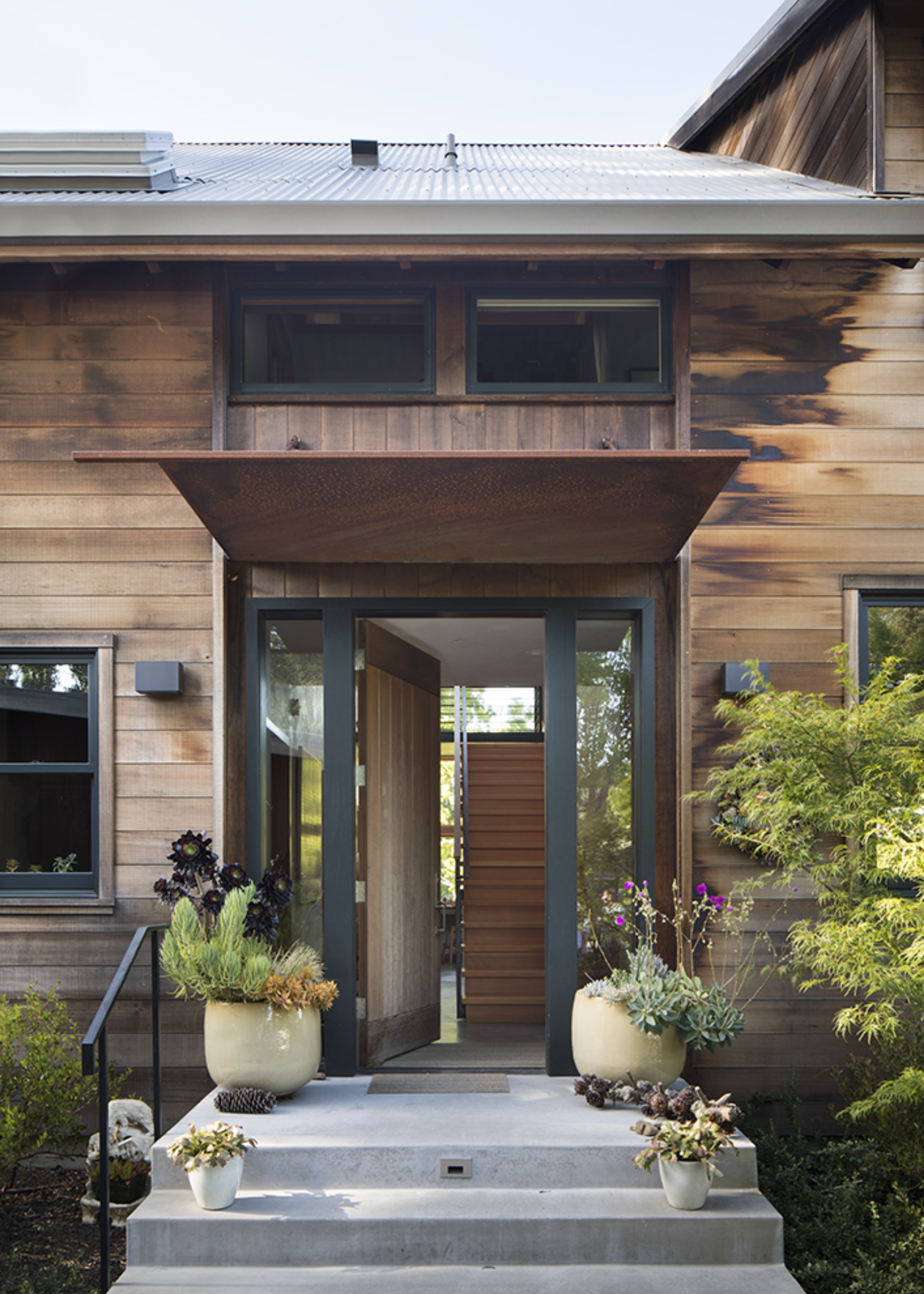
When you have a large, sprawling front yard to design and decorate, you can end up forgetting all about the most important part of all: your entrance.
"Not using containers at the entrance can make your entryway feel forgotten," says Laura, "This is one of the most important areas to get right."
Your entryway sets the tone for the rest of your home, so it's worth spending some time considering how you would like it to look.
5. Not Planting for Your Environment
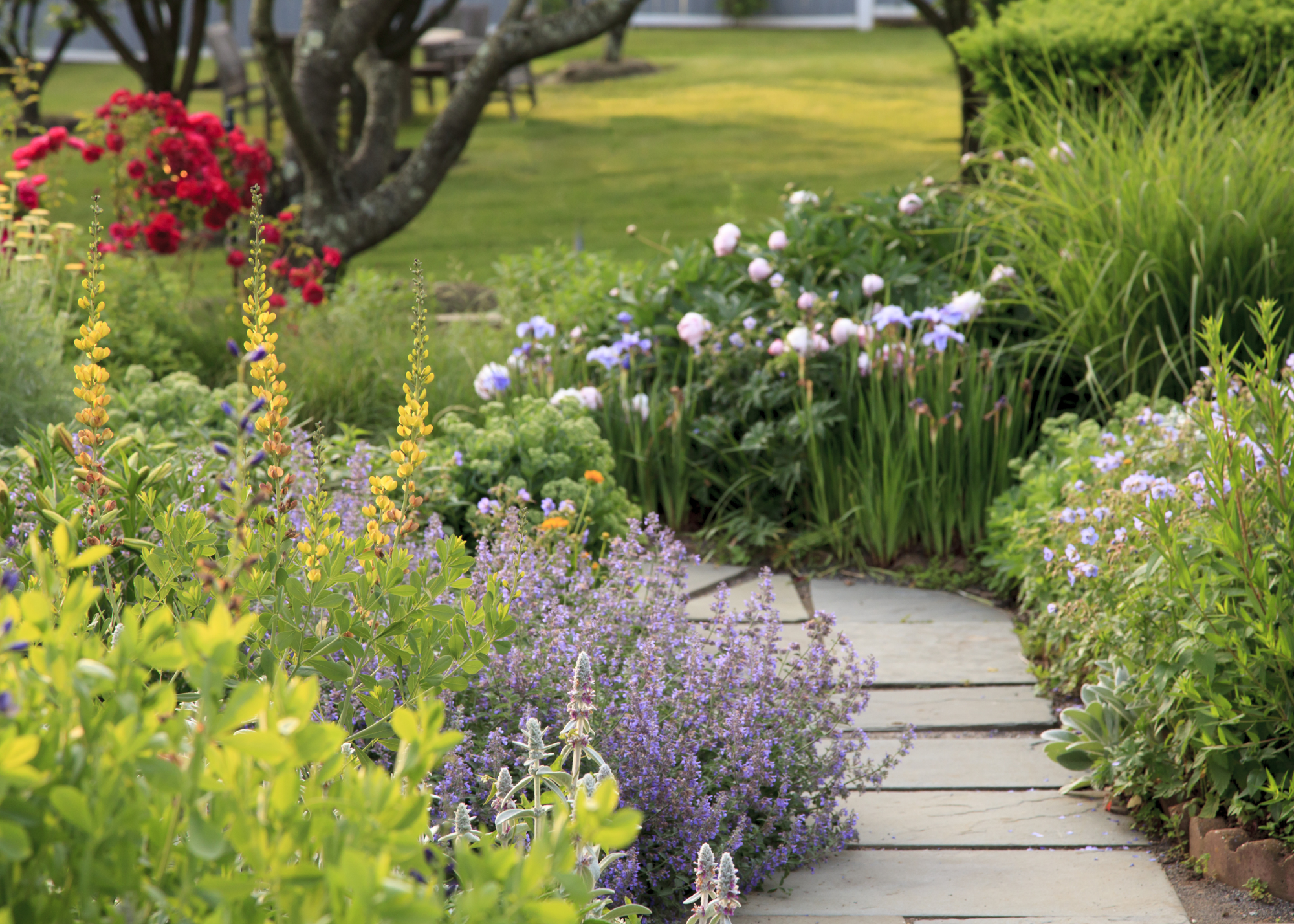
"Another common issue is planting without understanding the local ecosystem or council rules," says Bobak.
As the climate crisis worsens, we're becoming increasingly aware of the importance of planting with your local ecosystem in mind.
"Choosing species that aren’t suited to the site leads to wasted water, constant replacement, and friction with local authorities, particularly when visibility, fire compliance, or stormwater flow is involved."
Native planting doesn't mean sacrificing on style, either. We've been loving the messy gardening trend, which is all about embracing local, native plants. Plus, this will end up saving you money in the long run, as your front yard won't require constant watering.
Now you know the mistakes to avoid, it's time to move on to a more positive note, and look at some trends we can't wait to embrace in our front yards. Natural front yards have the most beautiful, welcoming look.
Or, if you're anything like me, you've probably already been dreaming of your own front yard vegetable garden, for all your home-grown cooking needs.
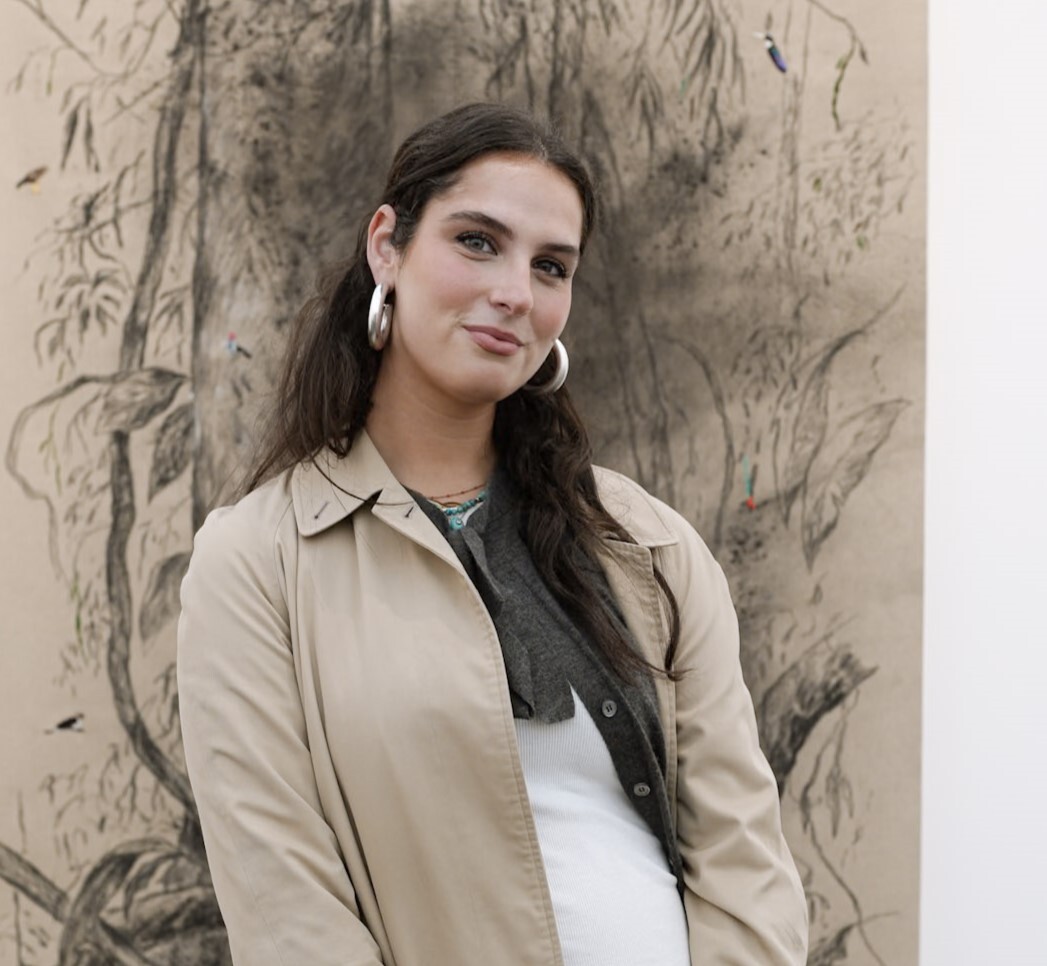
Maya Glantz is a Design Writer at Livingetc, covering all things bathrooms and kitchens. Her background in Art History informed her love of the aesthetic world, and she believes in the importance of finding beauty in the everyday. She recently graduated from City University with a Masters Degree in Magazine Journalism, during which she gained experience writing for various publications, including the Evening Standard. A lover of mid-century style, she can be found endlessly adding to her dream home Pinterest board.
